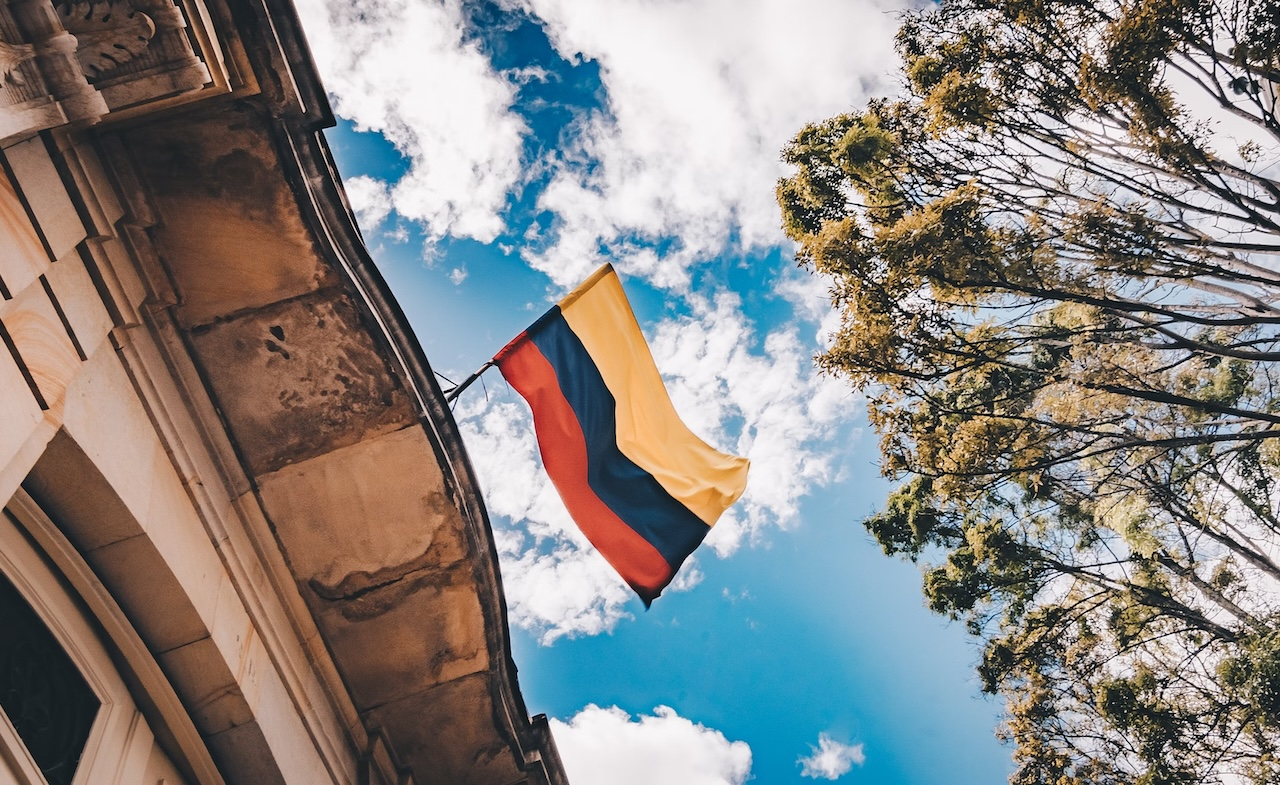Can Colombia’s gaming regulation become a blueprint for the region?

Colombia is known for many things, but today the focus shifts to its growing digital gaming industry. Latin American countries have been debating how to support and regulate online gaming platforms for years. Colombia, however, has taken early steps toward building a clear framework for the development of the interactive entertainment sector. While these efforts began with steps by Coljuegos back in 2016, Colombia has since attracted major international game publishers, increased digital revenue, and promoted healthy digital engagement among users.
While other South American nations struggle to define strategies around the gaming economy, many industry professionals view Colombia’s model as a potential standard for the region – allowing gaming platforms like 777fun to expand across Latin America under a unified and transparent system.
What makes Colombia’s regulatory approach different
The core idea is simple: if a trend can’t be stopped, it’s better to shape and support it through regulation. That’s the approach taken by the Colombian government, which began issuing operating licences to digital game platforms last year. At least three major operators have since launched under Colombia’s legal framework. Countries such as Brazil, Chile, and Peru are closely monitoring the process and are likely to adopt similar structures to boost innovation and responsible user experience in the online gaming space.
But is Colombia’s framework replicable? Or are there elements unique to its social and political fabric? It’s worth examining what makes Colombia’s digital policy effective – and whether it can help neighbouring nations build strategies for the growing gaming industry.
Colombia offers a streamlined licensing model that is accessible and clearly defined for companies entering the market. Applicants undergo compliance checks and must meet financial and technological standards, but the process is manageable for serious developers and publishers. Licences typically last for five years and are renewable. This consistency encourages investment in localisation, marketing, and community-building – ensuring that developers feel secure in their presence.
Transparent taxation and public trust
One of the standout features of Colombia’s framework is its balanced tax structure. Digital gaming operators pay a 15% fee on gross platform revenue, alongside an annual licence cost tied to projected earnings. Policymakers structured this to channel part of the revenue toward public health initiatives, helping build broad social support. Alongside financial regulations, tools promoting digital wellbeing – such as screen time controls and parental guidance systems – were introduced to support a safer user experience across age groups.
The growth stage
Since launching its regulation strategy, Colombia’s gaming industry has steadily expanded in size and impact. Projections indicate the Colombian gaming market could reach US$4.96bn by the end of 2025. From indie studios to international releases, the local scene is thriving – turning Colombia into a standout destination for digital creators and publishers in the region.
This growth has contributed significantly to the economy, generating thousands of jobs in fields like game design, coding, localisation, and marketing. Most importantly, the regulatory clarity has helped shift users away from unregulated platforms and towards legal, safe, and secure alternatives – reducing the reach of grey-market downloads and unsafe apps, which had previously been a concern throughout the region.
Are other LATAM countries watching?
They are – and closely. Colombia’s progress in fostering a stable digital entertainment economy with measurable social and economic benefits has not gone unnoticed. The main challenge is that countries like Peru, Brazil, and Chile still operate under outdated or incomplete legislation in the gaming sector.
Nevertheless, LATAM governments are actively working to modernise their approach. Brazil has started drafting its own digital game regulations and is expected to finalise key frameworks soon. Peru has already passed legislation to oversee in-app transactions and platform licensing. Officials have acknowledged using Colombia’s strategy as a reference point. Meanwhile, Chile remains divided, with public and political debate stalling more concrete progress. Still, Colombia is frequently cited as proof that targeted, forward-thinking regulation can bring positive outcomes.
What neighbouring countries see in Colombia is not just commercial potential, but a real solution to two persistent issues: limiting unregulated content and capturing new sources of digital revenue. To follow suit, governments must build solid legal foundations, provide fair entry points to developers, and promote sustainable growth within the sector.
If the approach is so good, why isn’t it replicated?
Despite Colombia’s head start, scaling its model across Latin America is not without obstacles. Cultural attitudes toward gaming vary widely, and some governments face instability, legal backlogs, or lack of infrastructure. What succeeds in Colombia might not easily translate to countries like Argentina or Bolivia. In some places, digital media still carries a stigma, particularly among older generations, making regulation a political challenge. In others, the resources needed to create oversight bodies or invest in digital policy are simply not yet available.
Still, Colombia has demonstrated that with the right mix of structure, transparency, and forward vision, an inclusive and profitable gaming ecosystem can emerge. Its model offers a valuable starting point for countries across the region aiming to build a stable future for gaming – one that supports innovation, protects users, and encourages sustainable industry growth.
The editorial unit
























Facebook
Twitter
Instagram
YouTube
RSS